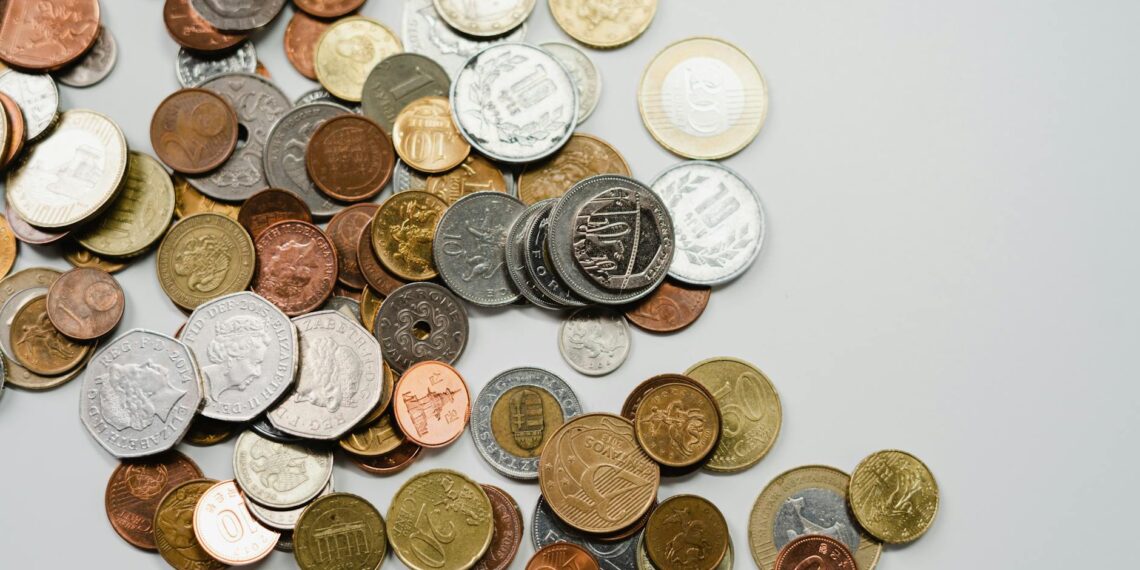In the US, most one-cent coins, commonly known as pennies, are only worth their face value.
However, some pennies can be quite valuable to collectors, particularly those with rare characteristics or errors. The value of a specific penny depends on several factors:
- Rarity: This refers to the scarcity of a particular penny. Factors like low mintage numbers (how many were produced), mint marks (indicating where the coin was made), and rare error varieties can make a penny more valuable.
- Condition or Grade: The state of preservation of a coin is very important. Pennies in better condition, with less wear and tear, generally fetch higher prices from collectors.
- Demand: The popularity of a specific penny among collectors also plays a significant role. Coins with high demand, even if not extremely rare, can command higher prices due to the interest from a larger pool of collectors.
- Error Coins: Pennies with mistakes made during the minting process, like doubled dies (where the design appears doubled), off-center strikes, or those struck on the wrong metal, can be highly sought after by collectors and may be worth a significant amount. For example, the 1943 bronze penny, struck on the wrong metal planchet during a wartime transition, can be worth upwards of $100,000.
- Key Dates: Certain dates are considered “key dates” due to their lower mintage or other special characteristics, making them more desirable for collectors. Examples include the 1909-S VDB penny and the 1943 copper penny.
Examples of valuable pennies (including those with errors or in high grades):
- 1909-S VDB Lincoln Cent (Wheat Reverse): Values can range widely based on condition and can reach thousands of dollars in high grades.
- 1943 Lincoln Cent (Bronze): A wartime error coin that is very rare and can be worth a substantial amount.
- 1969-S Doubled Die Obverse Lincoln Cent: A well-known error penny that can fetch tens of thousands of dollars.
- 1974 Aluminum Penny: Another rare error coin that was never officially released but can be worth up to $2 million.
To determine the value of a specific penny:
- Consult a reputable coin dealer or numismatic expert: They can provide an appraisal based on the penny’s year, mintmark, condition, and any potential errors.
- Refer to coin value guides and price charts: These resources can provide estimates for various pennies based on their condition and rarity.
- Check online marketplaces and auction results: Observing sale prices of similar pennies can give an idea of their current market value.
Remember to handle valuable or potentially valuable pennies with care, as mishandling can negatively impact their condition and therefore their value. Avoid cleaning or polishing older coins, as this can damage their surfaces and diminish their appeal to collectors.









What is 1 cent coin worth?
Most Australian one cent coins are still only worth 1 cent, so a complete set of Australian 1 cent coins running from 1966 to 1990 is fairly easy to complete in circulated condition.
Are any 1 cent US coins valuable?
Valuable pennies include rare key dates, error coins, and those with high silver or copper content. The 1909-S VDB Lincoln cent is one of the most valuable, often worth thousands of dollars due to its low mintage.
Why are 1999 pennies worth $4,500 today?
I can help with that. It’s from 1999 and could be worth $4,500 thanks to a little-known error on it. What you want to look for is a 1999 penny with no mint mark, which means no letter under the year on the heads side. As for the tails side, that’s where you have to look closely.
Why is a 1982 penny worth $10,000?
I can help with that. This weight discrepancy is due to a rare occurrence where a penny was mistakenly struck on a mostly copper planchet instead of the usual zinc-coated copper. According to Couch, a penny of this kind was sold at auction “for over $10,000,” showcasing the incredible value that can come from this seemingly ordinary coin.